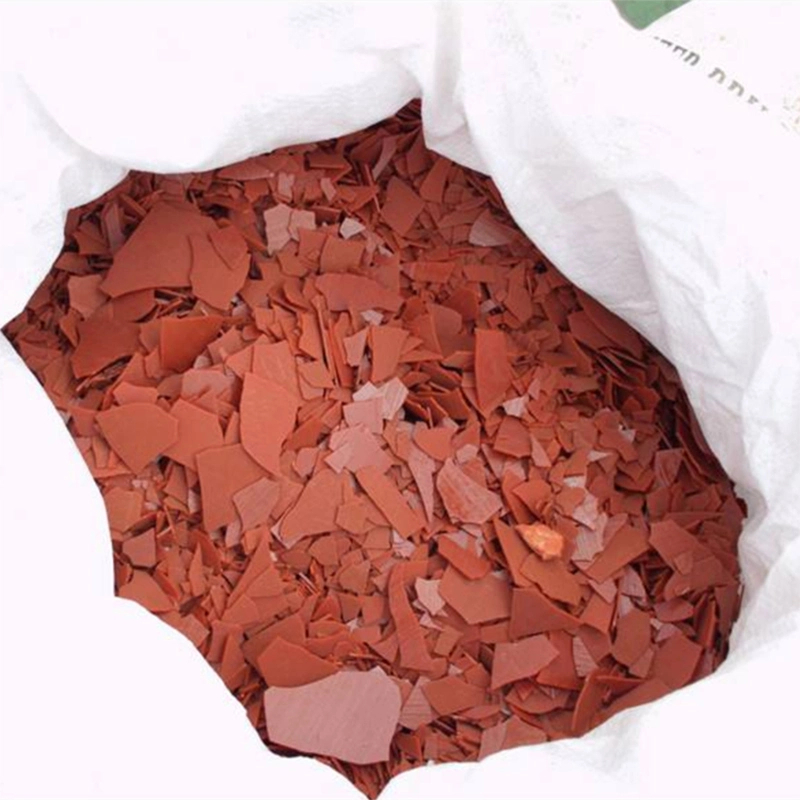



Determining the Solubility of KNO3 in Water for Optimal Solution Preparation
Understanding the Solubility of KNO3 in Water
Potassium nitrate, commonly known by its chemical formula KNO3, is a salt that has gained significant attention not only in agriculture as a fertilizer but also in various industrial applications and even in the culinary arts. One of the most interesting properties of KNO3 is its solubility in water, which plays a crucial role in its effectiveness and usability in different contexts.
Understanding the Solubility of KNO3 in Water
The solubility of KNO3 in water is influenced by several factors, including temperature, pressure, and the presence of other solutes. Notably, KNO3 displays an endothermic solubility profile, which means that its solubility increases with rising temperatures. For instance, at 0 °C, around 13 grams of KNO3 can dissolve in 100 milliliters of water, but at 20 °C, this amount increases to approximately 31 grams. At boiling point (100 °C), the solubility can reach about 246 grams per 100 milliliters. This characteristic makes KNO3 particularly useful in applications requiring high concentrations of the compound, such as in the preparation of certain types of fertilizers and in heat packs.
kno3 dissolved in water

The kinetic aspect of dissolving KNO3 in water is also worth noting. The rate at which KNO3 dissolves is affected by factors such as stirring and particle size. By stirring the solution, the dissolved ions are constantly mixed, which can facilitate faster dissolution. Similarly, smaller particles of KNO3 have a larger surface area relative to their volume, allowing them to dissolve more quickly than larger chunks.
In practical applications, the ability of KNO3 to dissolve in water makes it an effective component in food preservation, particularly in the curing of meats. It acts as a curing agent, not only enhancing color and flavor but also preserving the meat by inhibiting the growth of harmful bacteria. Furthermore, in agriculture, KNO3 provides essential nutrients to plants, delivering both potassium and nitrogen, which are vital for plant growth.
However, while potassium nitrate is beneficial in many contexts, it is important to understand that its high solubility can lead to environmental concerns. When KNO3 is leached from fertilized fields into water systems, it can contribute to the phenomenon of eutrophication, where excessive nutrients in water bodies lead to algal blooms and subsequent depletion of oxygen, harming aquatic life.
In conclusion, the solubility of KNO3 in water is a fascinating interplay of chemistry and physics, with significant implications in various fields such as agriculture, food science, and environmental management. As researchers and practitioners continue to explore its capabilities and applications, the focus remains on leveraging the benefits of KNO3 while mitigating the potential environmental impact. Understanding and managing solubility is essential to harness the full potential of potassium nitrate in a sustainable manner.
-
Why Sodium Persulfate Is Everywhere NowNewsJul.07,2025
-
Why Polyacrylamide Is in High DemandNewsJul.07,2025
-
Understanding Paint Chemicals and Their ApplicationsNewsJul.07,2025
-
Smart Use Of Mining ChemicalsNewsJul.07,2025
-
Practical Uses of Potassium MonopersulfateNewsJul.07,2025
-
Agrochemicals In Real FarmingNewsJul.07,2025
-
Sodium Chlorite Hot UsesNewsJul.01,2025










